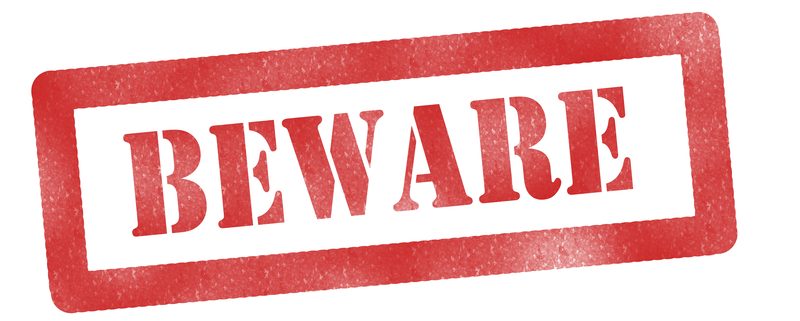Avoid These Pitfalls of Self-Directed Roth IRA Investing
You may be familiar with the concept of Roth IRA investing and how advantageous it can be to investors looking to build a retirement nest egg. However, are there pitfalls that investors should be aware of? That’s the case for any style of investing—any legitimate investment has some risk of failure. Using a Self-Directed Roth IRA is a great way for investors to diversify their portfolios and help redistribute their risk. But are there some pitfalls to Roth IRA investing, and if so, what are they? Let’s take a closer look.
Pitfall #1: Using a Self-Directed Roth IRA for Personal Investments
This may sound simple. Of course, you shouldn’t use personal investments in a Roth IRA; it’s for retirement, after all. But many people find that they don’t always understand the line between what is a personal and what is a retirement investment. For many people, a retirement investment is simply one they make within a retirement account. And that’s not the case.
Let’s consider a specific example to help illustrate. Let’s say you were using a Self-Directed Roth IRA to make an investment in an apartment complex. This is a legitimate retirement investment, you figure. And you’d be right. However, if you were to rent one of those apartments to someone in your direct lineage, such as a child or grandchild, you’re then transacting your investment with a “disqualified person.” In other words, you’re receiving immediate personal benefits because you’re working with disqualified person which makes the transaction what’s called a “prohibited transaction”. For this reason, investors are discouraged from doing this and penalized.
Using a Self-Directed Roth IRA will introduce you to a new world of potential investment options. However, there are still some limits when working with those investments. Make sure that you follow the rules to maintain the status of your Roth IRA. If you don’t, you may be subject to penalty fees.
Pitfall #2: Failing to Do Due Diligence
One of the most important aspects of investing within a Self-Directed Roth IRA is understanding how much power is in your corner. For many people, investing with a retirement account is often as simple as choosing from a list of pre-approved funds. However, many investors might not be used to the freedom they can enjoy within a Self-Directed Roth IRA. Using one, you can now invest in all sorts of assets, such as real estate, precious metals, tax liens, private companies, and more. It can seem overwhelming at first.
For many investors, the way to approach it isn’t to throw darts at the wall. Instead, it’s doing due diligence on the investments they’re considering. This due diligence can help an investor not only understand the asset they’re looking at, but also build their skills in determining potential future investments for the Roth IRA. For this reason, many investors typically trade assets within a Roth IRA in which they are already comfortable or have some experience.
Do these pitfalls mean that investors should not put money in a Self-Directed Roth IRA? In the big scheme of things, avoiding these pitfalls can be incredibly easy. You simply need to know the limiting rules at work, as well as do homework on the investments you are considering.
Along the way, it will help if you have a Self-Directed IRA administration firm in your corner. This firm can help you with paperwork and executing the transactions, serving as custodian to the account.
Interested in learning more about Self-Directed IRAs? Contact American IRA, LLC at 866-7500-IRA (472) for a free consultation. Download our free guides or visit us online at www.AmericanIRA.com.









